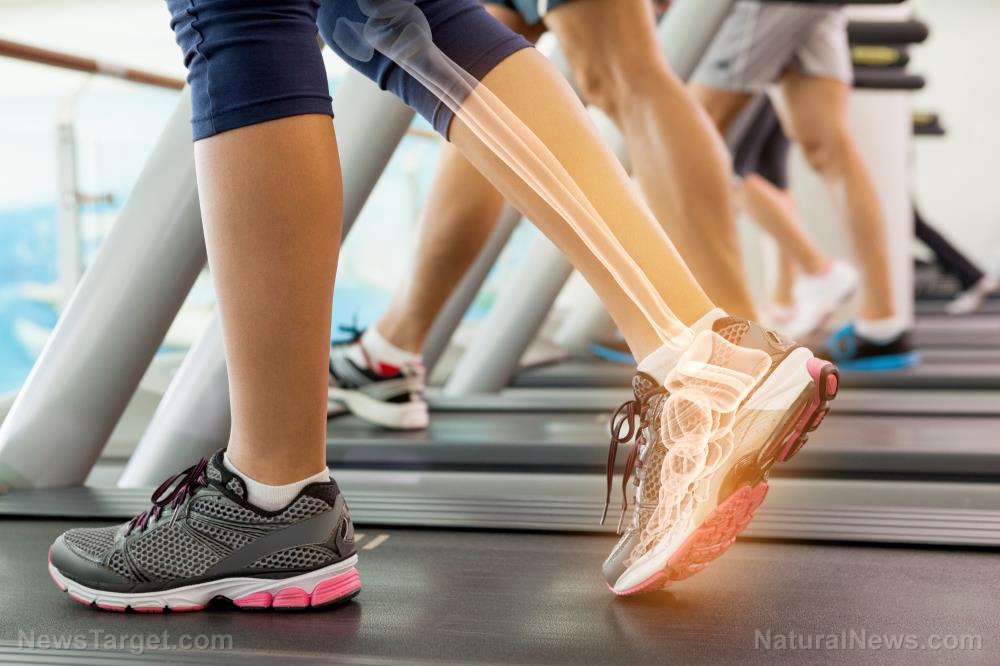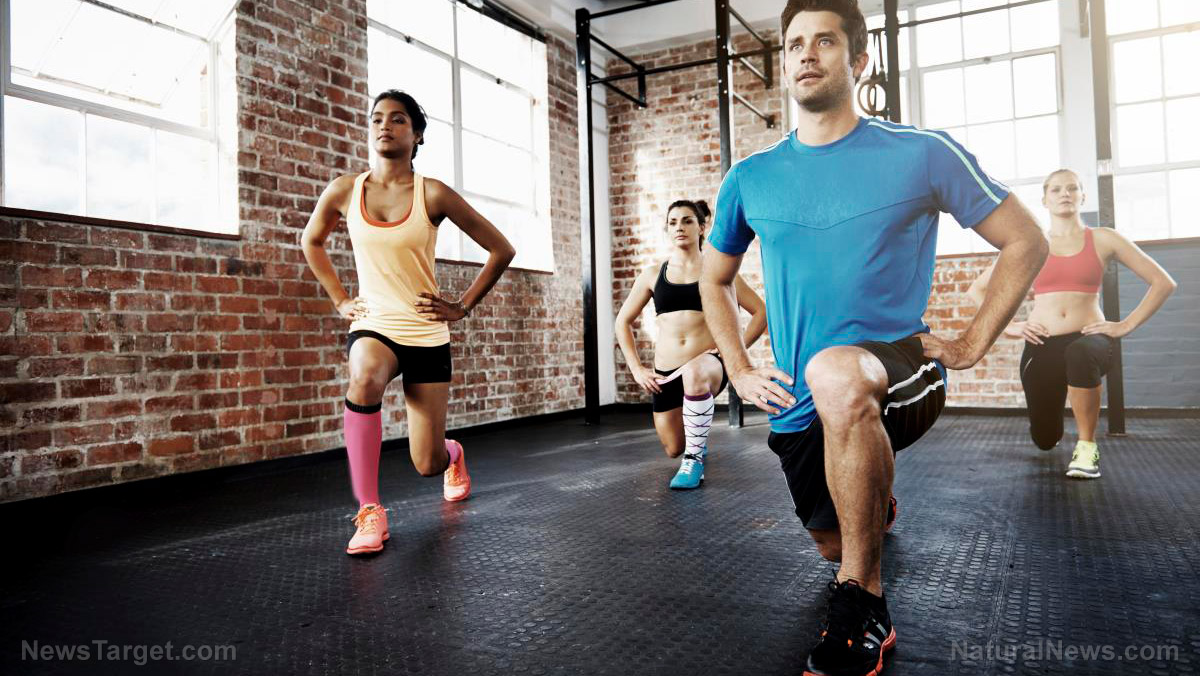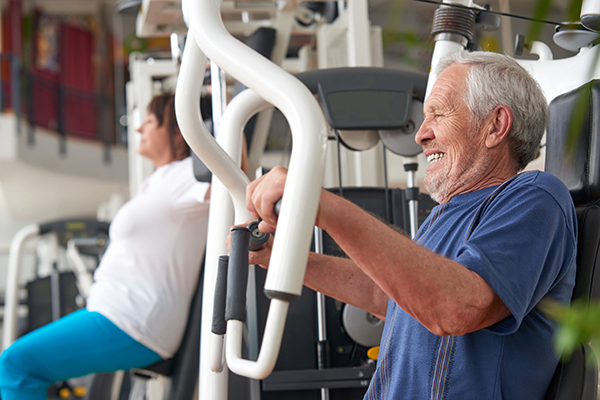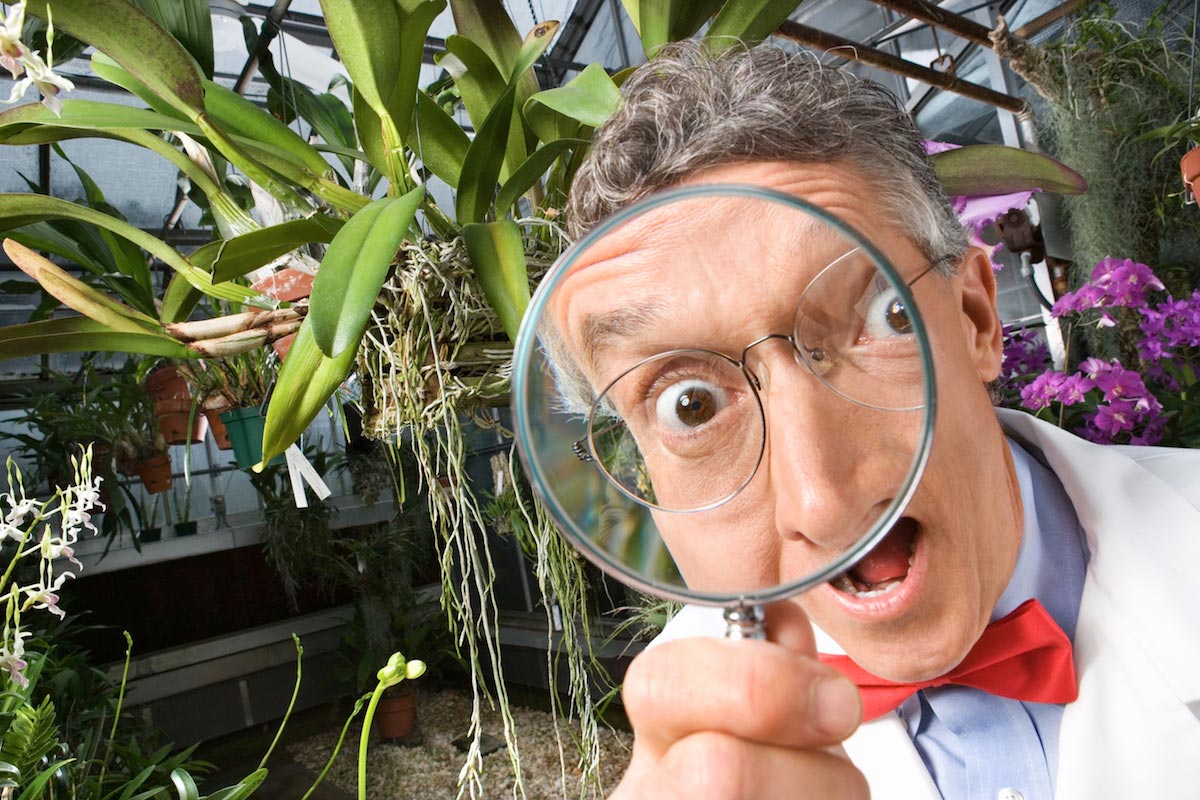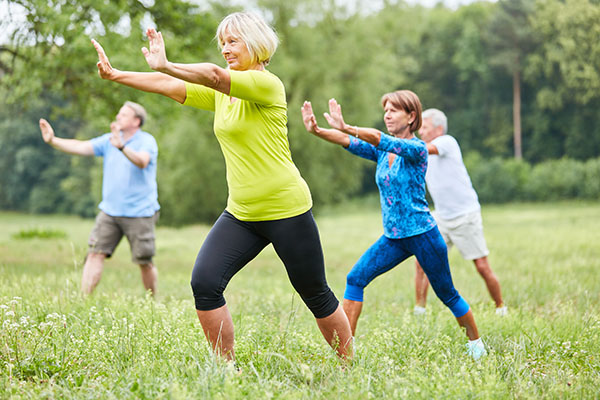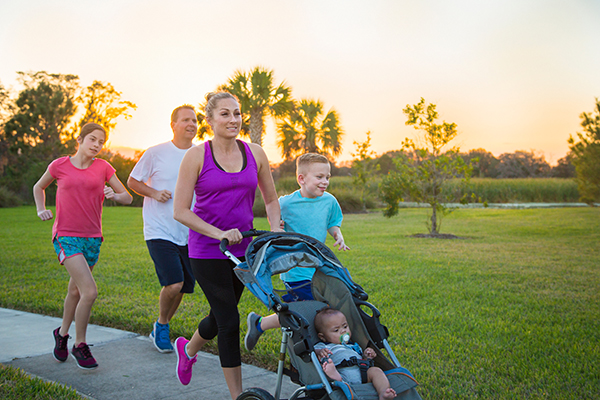Natural ADHD cure FOUND: Teen girls who exercise daily have better attention spans than their peers
02/20/2023 / By Arsenio Toledo

A new study by researchers from the University of Illinois Urbana-Champaign (UIUC) has found that teenage girls who exercise every day have much better attention spans than their peers, potentially acting as a natural cure for teenagers with attention deficit hyperactivity disorder (ADHD).
ADHD has become a prominent issue in the United States recently as sales for ADHD drugs skyrocketed during the pandemic, causing shortages of Adderall, due to many people, including young people, being diagnosed or potentially misdiagnosed. This study, published in the Scandinavian Journal of Medicine & Science in Sports, can potentially provide teenagers with a way to handle their condition without resorting to possibly harmful drugs. (Related: Survey reveals mass mental illness in Gen Z, with 57% of young people now taking medication just to cope.)
The study, which involved 211 females between the ages of 15 and 18, found that adolescent girls have more attention control if they engage in more moderate to vigorous physical activity each day.
“Attention control is an aspect of inhibitory control. We can think of inhibitory control as our ability to control attention when distracted, and our ability to control acting on an impulse,” said UIUC kinesiology and community health professor Dominika Pindus, who led the study. “Studies have found that inhibitory control is related to better academic achievement.”
Pindus noted that previous studies have linked better inhibitory control to “having better finances, having better health and less chances of being convicted of a crime.”
Physically active teenage girls more likely to focus on their tasks, ignore distractions
In Pindus’ study, she and the other researchers evaluated the intensity of the study participants’ physical activity over time using a measure they called an “intensity gradient.” This metric offered a broad picture of how much each individual does intense physical activity over the course of the day.
To evaluate each individual’s intensity gradient, the researchers graphed the intensity gradients on a slope to visualize the intensity of the individual’s activity over the course of a day. A shallower slope meant the teenager engaged in a greater amount of moderate-to-vigorous activity over time, while a steeper, downward slope meant the person engaged in less vigorous activity.
After controlling for other factors that could have influenced the intensity gradient, such as body mass index and aerobic fitness, Pindus and her team found that the intensity gradient corresponded with the girls’ ability to maintain their attention on a task during cognitive trials that involved the participants having to actively ignore an onslaught of distracting information. Meanwhile, the girls who did less intense physical activity over the course of a day took far longer and were less accurate on these same tests.
“We know that we are not doing a great job in involving adolescents in physical activity,” said Pindus. “Worldwide, about 80 percent of adolescents are usually physically inactive. Boys tend to be more physically active than girls and to engage in more high-intensity physical activity.”
Pindus added that these discrepancies between teenage boys and girls need to be addressed in future studies.
“It tells us that we may need to focus on intervention strategies that engage girls who are the least physically active in high-intensity physical activity to enhance cognitive functions important for academic achievement,” she said.
Learn more about the benefits of exercise at HealingArts.news.
Watch this video from the “Holistic Herbalist” discussing the many benefits regular exercise can provide for memory.
This video is from the Holistic Herbalist channel on Brighteon.com.
More related stories:
Beetroot juice found to “significantly increase muscle force during exercise.”
Is there a best time during the day to exercise? Science settles the debate.
Study: Late afternoon exercise helps control blood sugar, cholesterol and triglyceride levels.
Study: 5 Hours of exercise a week can help prevent 46,000 cancer cases in the US yearly.
Sources include:
Submit a correction >>
Tagged Under:
adhd, adolescence, adolescent health, alternative medicine, attention, Attention deficit hyperactivity disorder, brain function, brain health, exercise, health science, mind body science, natural cures, natural health, natural medicine, remedies, women's health
This article may contain statements that reflect the opinion of the author
RECENT NEWS & ARTICLES
HealingArts.News is a fact-based public education website published by Healing Arts News Features, LLC.
All content copyright © 2018 by Healing Arts News Features, LLC.
Contact Us with Tips or Corrections
All trademarks, registered trademarks and servicemarks mentioned on this site are the property of their respective owners.


